
How to Use ZS-X11H v1: Examples, Pinouts, and Specs
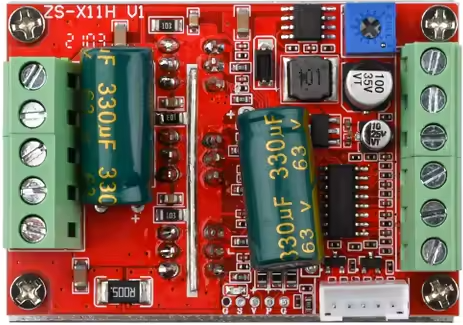
 Design with ZS-X11H v1 in Cirkit Designer
Design with ZS-X11H v1 in Cirkit DesignerIntroduction
The ZS-X11H v1 is a versatile microcontroller module designed for a wide range of electronic projects. It features multiple input/output (I/O) pins, support for various communication protocols, and a compact form factor, making it ideal for integration into small devices. This module is well-suited for applications such as home automation, IoT devices, robotics, and other embedded systems requiring reliable and efficient control.
Common applications and use cases:
- IoT devices and smart home systems
- Robotics and automation projects
- Sensor data acquisition and processing
- Communication hubs for wireless or wired networks
- Prototyping and educational projects
Explore Projects Built with ZS-X11H v1
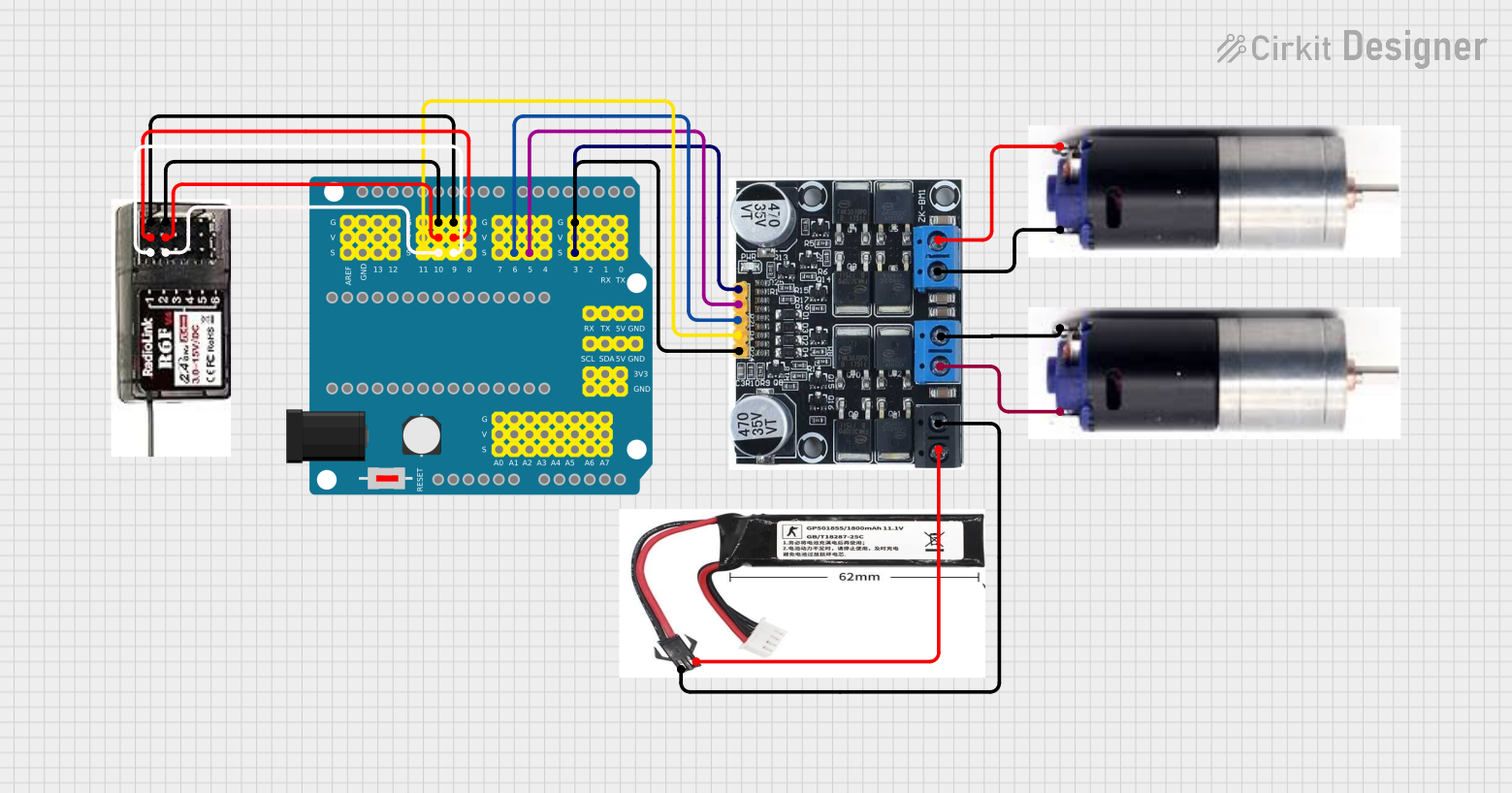
 Open Project in Cirkit Designer
Open Project in Cirkit Designer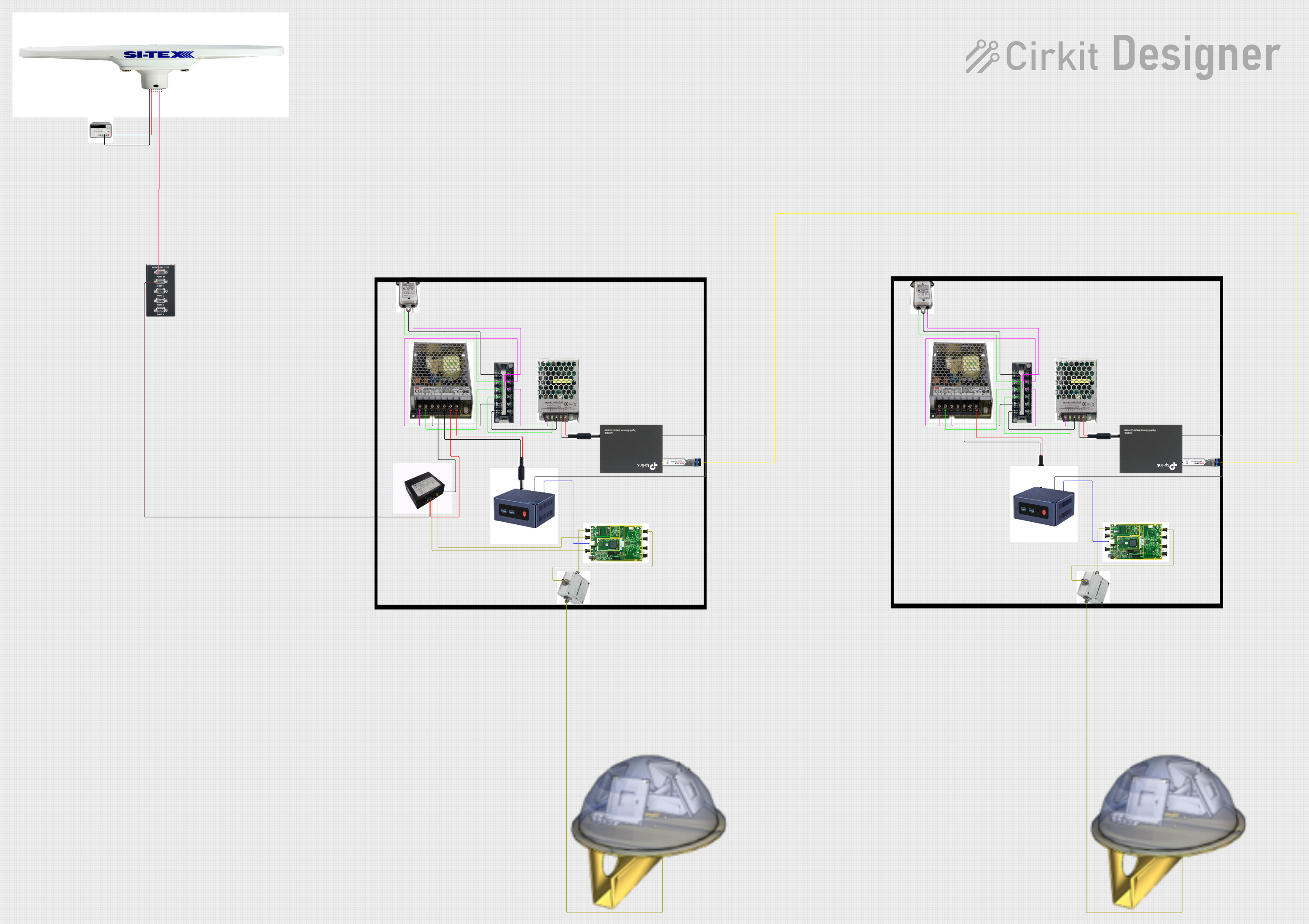
 Open Project in Cirkit Designer
Open Project in Cirkit Designer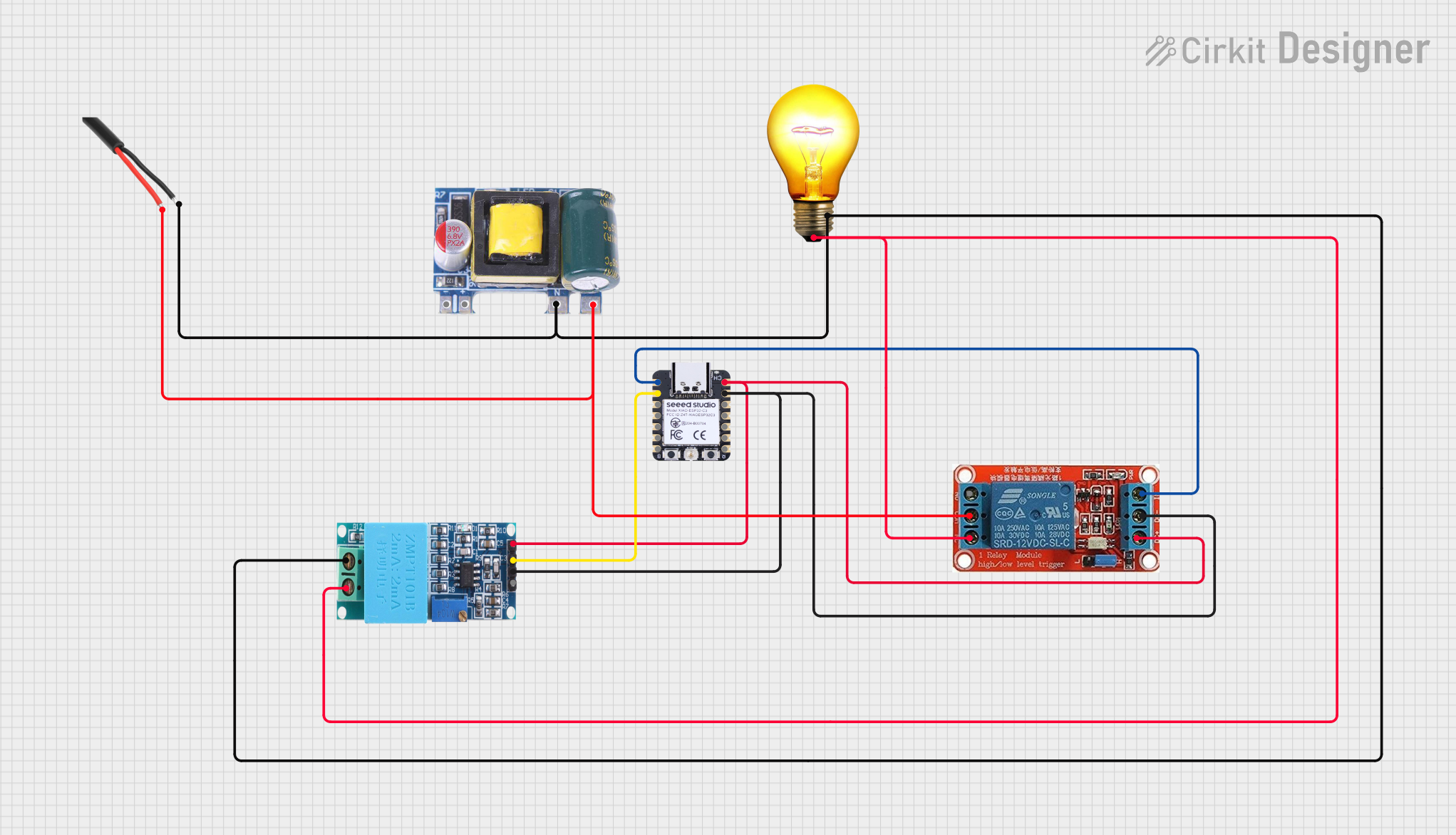
 Open Project in Cirkit Designer
Open Project in Cirkit Designer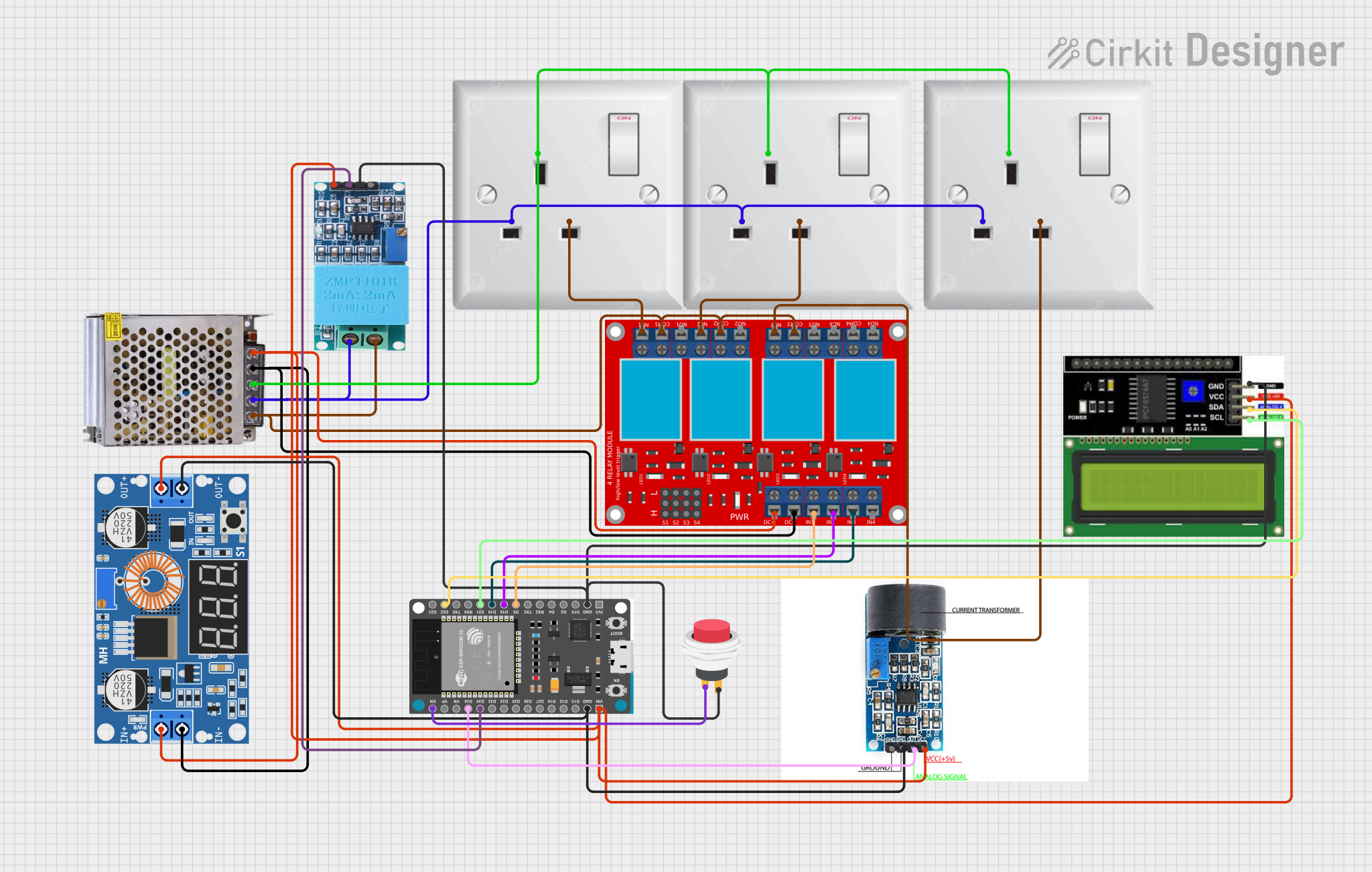
 Open Project in Cirkit Designer
Open Project in Cirkit DesignerExplore Projects Built with ZS-X11H v1

 Open Project in Cirkit Designer
Open Project in Cirkit Designer
 Open Project in Cirkit Designer
Open Project in Cirkit Designer
 Open Project in Cirkit Designer
Open Project in Cirkit Designer
 Open Project in Cirkit Designer
Open Project in Cirkit DesignerTechnical Specifications
The ZS-X11H v1 offers the following key technical details:
| Parameter | Specification |
|---|---|
| Operating Voltage | 3.3V to 5V |
| Input Voltage Range | 3.3V to 12V |
| Digital I/O Pins | 14 |
| Analog Input Pins | 6 |
| Communication Protocols | UART, I2C, SPI |
| Clock Speed | 16 MHz |
| Flash Memory | 32 KB |
| SRAM | 2 KB |
| EEPROM | 1 KB |
| Dimensions | 35mm x 25mm x 5mm |
Pin Configuration and Descriptions
The ZS-X11H v1 has a total of 20 pins, including power, ground, and I/O pins. Below is the pin configuration:
| Pin Number | Label | Description |
|---|---|---|
| 1 | VIN | Input voltage (3.3V to 12V) |
| 2 | GND | Ground |
| 3 | 3V3 | 3.3V output for powering external components |
| 4 | RESET | Reset pin (active low) |
| 5-12 | D0-D7 | Digital I/O pins |
| 13 | TX | UART Transmit (TX) |
| 14 | RX | UART Receive (RX) |
| 15-16 | A0-A1 | Analog input pins |
| 17-18 | SCL, SDA | I2C Clock (SCL) and Data (SDA) lines |
| 19 | MOSI | SPI Master Out Slave In |
| 20 | MISO | SPI Master In Slave Out |
Usage Instructions
How to Use the ZS-X11H v1 in a Circuit
- Powering the Module: Connect the VIN pin to a power source (3.3V to 12V) and the GND pin to ground. Alternatively, you can power the module using the 3V3 pin if your power source provides a regulated 3.3V.
- Connecting I/O Pins: Use the digital (D0-D7) and analog (A0-A1) pins to interface with sensors, actuators, or other peripherals.
- Communication: Utilize the UART, I2C, or SPI pins for communication with other devices or microcontrollers.
- Programming: The ZS-X11H v1 can be programmed using a compatible IDE (e.g., Arduino IDE) via the UART pins (TX and RX).
Important Considerations and Best Practices
- Ensure the input voltage does not exceed the specified range (3.3V to 12V) to avoid damaging the module.
- Use pull-up resistors on the I2C lines (SCL and SDA) if required by your application.
- Avoid connecting high-current loads directly to the I/O pins; use external transistors or relays for such applications.
- For stable operation, decouple the power supply with a 0.1µF capacitor close to the VIN pin.
Example: Connecting to an Arduino UNO
The ZS-X11H v1 can be connected to an Arduino UNO for extended functionality. Below is an example of interfacing the module via UART:
Arduino Code Example
// Example: Communicating with ZS-X11H v1 via UART
// This code sends a message to the ZS-X11H v1 and reads its response.
void setup() {
Serial.begin(9600); // Initialize Arduino's UART at 9600 baud
delay(1000); // Wait for the ZS-X11H v1 to initialize
Serial.println("Hello ZS-X11H!"); // Send a message to the module
}
void loop() {
if (Serial.available() > 0) { // Check if data is received from ZS-X11H
String response = Serial.readString(); // Read the response
Serial.println("ZS-X11H says: " + response); // Print the response
}
}
Troubleshooting and FAQs
Common Issues and Solutions
Module Not Powering On
- Cause: Incorrect input voltage or loose connections.
- Solution: Verify that the VIN pin is receiving 3.3V to 12V and that all connections are secure.
No Communication via UART
- Cause: Incorrect baud rate or wiring.
- Solution: Ensure the baud rate in your code matches the module's default (e.g., 9600). Check the TX and RX connections.
I2C Devices Not Responding
- Cause: Missing pull-up resistors or incorrect wiring.
- Solution: Add 4.7kΩ pull-up resistors to the SCL and SDA lines. Verify the wiring.
Analog Readings Are Inaccurate
- Cause: Noise or incorrect reference voltage.
- Solution: Use a decoupling capacitor near the analog input pins and ensure a stable reference voltage.
FAQs
Q: Can the ZS-X11H v1 operate at 5V logic levels?
A: Yes, the module supports both 3.3V and 5V logic levels.Q: Is the ZS-X11H v1 compatible with Arduino libraries?
A: Yes, it can be programmed using the Arduino IDE and is compatible with most Arduino libraries.Q: What is the maximum current output of the I/O pins?
A: Each I/O pin can source or sink up to 20mA. For higher currents, use external drivers.Q: Can I use the ZS-X11H v1 for wireless communication?
A: The module itself does not have wireless capabilities, but you can connect external wireless modules (e.g., ESP8266) via UART or SPI.
This concludes the documentation for the ZS-X11H v1. For further assistance, refer to the manufacturer's datasheet or support resources.